Museums and Art in Ecuador, a country straddling the equator on the west coast of South America, is a land of rich cultural diversity and artistic vibrancy. From the lush Amazon rainforest to the heights of the Andes Mountains, Ecuador’s landscapes find reflection in the diversity of its art. In this extensive journey, we will delve into Ecuador’s most noteworthy museums, each a guardian of the nation’s cultural treasures, and explore the lives and works of the masterful artists who have left an indelible mark on Ecuador’s artistic narrative.
Museo Nacional de Arte Contemporáneo (MNAC), Quito
Contemporary Marvels – Museo Nacional de Arte Contemporáneo
URL: MNAC Quito
Ecuadorian Contemporary Art: A Panoramic View
Dynamic Dialogues
Museo Nacional de Arte Contemporáneo in Quito, known as MNAC, serves as a hub for Ecuador’s contemporary art scene. The museum’s collection spans a wide range of mediums, from paintings and sculptures to multimedia installations. Notable artists featured include Oswaldo Guayasamín, a towering figure in Ecuadorian art known for his emotionally charged expressionist works. His masterpiece “La Edad de la Ira” is a visceral exploration of human suffering and resilience.
Emerging Voices: Platform for Young Artists
Fostering Creativity
MNAC is committed to fostering the next generation of Ecuadorian artists. The museum actively supports emerging voices through exhibitions, residencies, and educational programs. This commitment ensures that Ecuador’s contemporary art scene remains dynamic, with artists like Adrián Balseca contributing fresh perspectives and innovative approaches.
Museo de la Ciudad, Quito
Urban Narratives – Museo de la Ciudad
URL: Museo de la Ciudad
Quito’s Historical Canvas: Art Amidst Architecture
Cultural Heritage Preserved
Museo de la Ciudad, located in the heart of Quito’s historic center, weaves a narrative that intertwines art with the city’s architectural heritage. The museum’s collection includes works that depict the evolution of Quito over the centuries. Artists such as Miguel de Santiago contribute to this historical canvas, capturing the essence of the city through their paintings.
Multidisciplinary Exhibitions: Beyond Traditional Boundaries
Interactive Cultural Spaces
Museo de la Ciudad goes beyond traditional museum boundaries by hosting multidisciplinary exhibitions. The museum becomes an interactive cultural space where visual arts, music, and theater converge, offering visitors a holistic experience of Quito’s vibrant cultural tapestry.
Museo Guayasamín, Quito
Guayasamín’s Legacy – Museo Guayasamín
URL: Museo Guayasamín
Oswaldo Guayasamín: A Maestro’s Sanctuary
La Capilla del Hombre
Museo Guayasamín stands as a testament to the legacy of Ecuador’s most celebrated artist, Oswaldo Guayasamín. The museum, also known as La Capilla del Hombre (The Chapel of Man), houses an extensive collection of Guayasamín’s works, including his powerful murals and sculptures. “La Edad de la Ternura,” one of Guayasamín’s iconic pieces, explores themes of love and tenderness amidst the harsh realities of the world.
Humanitarian Art: Tackling Social Injustice
Championing Human Rights
Guayasamín’s art transcends aesthetics; it is a force for social change. The museum showcases works that tackle issues of social injustice, inequality, and the human condition. Guayasamín’s commitment to championing human rights is evident in pieces like “La Edad de la Ira,” a poignant expression of the anger and suffering caused by oppression.
Museo Antropológico y de Arte Contemporáneo (MAAC), Guayaquil
Dual Perspectives – Museo Antropológico y de Arte Contemporáneo
URL: MAAC Guayaquil
Bridging Past and Present: Anthropological Insights
Ecuador’s Diverse Cultures
Museo Antropológico y de Arte Contemporáneo in Guayaquil, abbreviated as MAAC, serves as a bridge between Ecuador’s rich cultural heritage and contemporary expressions. The museum’s anthropological section provides insights into the diverse indigenous cultures of Ecuador. Artists like Eduardo Kingman contribute to this section, offering visual narratives that celebrate the country’s indigenous roots.
Contemporary Art Dialogues: A Platform for Innovation
Evolving Artistic Conversations
MAAC also dedicates a significant portion of its space to contemporary art. The museum becomes a platform for innovation, featuring works by modern Ecuadorian artists like María José Argenzio. Her explorations in contemporary mediums contribute to the ongoing dialogue about Ecuador’s cultural identity in the 21st century.
Museo Camilo Egas, Quito
Egas’s Artistic Odyssey – Museo Camilo Egas
URL: Museo Camilo Egas
Camilo Egas: Pioneer of Modernism
Modernist Explorations
Museo Camilo Egas pays homage to one of Ecuador’s pioneers of modernist art. Camilo Egas, a key figure in the Latin American avant-garde, played a crucial role in introducing modernist concepts to Ecuador. The museum’s collection showcases Egas’s evolution as an artist, from his early works influenced by indigenous art to his later explorations in surrealism and abstraction.
Educational Initiatives: Nurturing Artistic Minds
Cultural Learning Center
Museo Camilo Egas goes beyond exhibiting artworks; it serves as a cultural learning center. Educational initiatives, including workshops and lectures, nurture artistic minds and provide visitors with a deeper understanding of the transformative journey of Camilo Egas and his impact on Ecuadorian art.
Museo Templo del Sol Pintor Ortega Maila, Quito
Indigenous Perspectives – Museo Templo del Sol Pintor Ortega Maila
URL: Museo Templo del Sol
Ortega Maila: A Visionary Indigenous Artist
Cosmic Expressions
Museo Templo del Sol Pintor Ortega Maila celebrates the artistic legacy of indigenous painter Ortega Maila. The museum, often referred to as a “cosmic temple,” showcases Maila’s vibrant and spiritual expressions of indigenous cosmology. Works like “Los Quindes” depict the artist’s deep connection to ancestral traditions and the cosmic energies that permeate indigenous spirituality.
Cultural Revitalization: Preserving Indigenous Wisdom
Ancestral Narratives
The museum actively contributes to the revitalization of indigenous culture. Through exhibitions and events, Museo Templo del Sol becomes a space where ancestral narratives are preserved and shared, ensuring that Ecuador’s indigenous wisdom continues to thrive.
Museo Municipal de Guayaquil
Guayaquil’s Artistic Heart – Museo Municipal de Guayaquil
URL: Museo Municipal de Guayaquil
Historical Treasures: A Glimpse into Guayaquil’s Past
Colonial and Republican Era Art
Museo Municipal de Guayaquil houses historical treasures that offer a glimpse into the city’s colonial and republican-era art. The museum’s collection includes works by artists such as Juan Lovera, whose paintings capture the architectural splendors and daily life of Guayaquil during the 19th century.
Community Engagement: Connecting Art with the People
Artistic Outreach Programs
The museum actively engages with the local community through artistic outreach programs. Exhibitions, workshops, and cultural events become avenues for connecting art with the people, fostering a sense of pride in Guayaquil’s rich artistic heritage.
Museo Etnohistórico de Artesanías del Ecuador “Mindalae,” Quito
Artisanal Expressions – Museo Mindalae
URL: Museo Mindalae
Indigenous Crafts: A Living Tradition
Preserving Artisanal Heritage
Museo Mindalae, dedicated to the ethnohistorical aspects of Ecuadorian crafts, is a celebration of the country’s artisanal heritage. The museum’s collection includes intricate textiles, ceramics, and jewelry created by indigenous communities. Artists like Tránsito Amaguaña, known for her weaving expertise, find representation in the museum’s dedication to preserving and promoting indigenous crafts.
Sustainable Practices: Crafting for the Future
Environmental Consciousness
Museo Mindalae actively promotes sustainable practices in artisanal production. The museum becomes a platform for discussions on environmental consciousness, emphasizing the importance of preserving traditional crafts while adapting to contemporary challenges.
Museo Nahim Isaías, Guayaquil
Nahim Isaías’s Legacy – Museo Nahim Isaías
URL: Museo Nahim Isaías
Private Collection Unveiled: A Wealth of Art
Eclectic Artistry
Museo Nahim Isaías unveils the private collection of Nahim Isaías, a prominent Guayaquil businessman and art enthusiast. The museum showcases an eclectic array of artworks, including pieces by Ecuadorian artists such as Enrique Tábara, whose abstract works contribute to the diversity of Ecuador’s artistic landscape.
Cultural Hub: Fostering Artistic Appreciation
Public and Private Collaborations
Museo Nahim Isaías becomes a cultural hub by fostering collaborations between public and private entities. Through partnerships, the museum enhances its role as a space for artistic appreciation, ensuring that Nahim Isaías’s legacy continues to enrich Guayaquil’s cultural scene.
Conclusion
Ecuador’s artistic tapestry unfolds as a vibrant mosaic, reflecting the nation’s cultural diversity, historical depth, and contemporary dynamism. The museums highlighted in this exploration are not mere repositories of art; they are cultural guardians that encapsulate the spirit, resilience, and creativity of the Ecuadorian people. The artists celebrated within these museums, from Oswaldo Guayasamín’s emotional intensity to Ortega Maila’s cosmic expressions, have played pivotal roles in shaping Ecuador’s cultural narrative. As we traverse the corridors of Ecuador’s museums, we embark on a cultural odyssey, encountering ancient wisdom, contemporary dialogues, and the profound impact of artistic expression on the nation’s identity. This journey is a celebration of Ecuador’s artistic richness and a testament to the transformative power of creativity in shaping the soul of a nation.


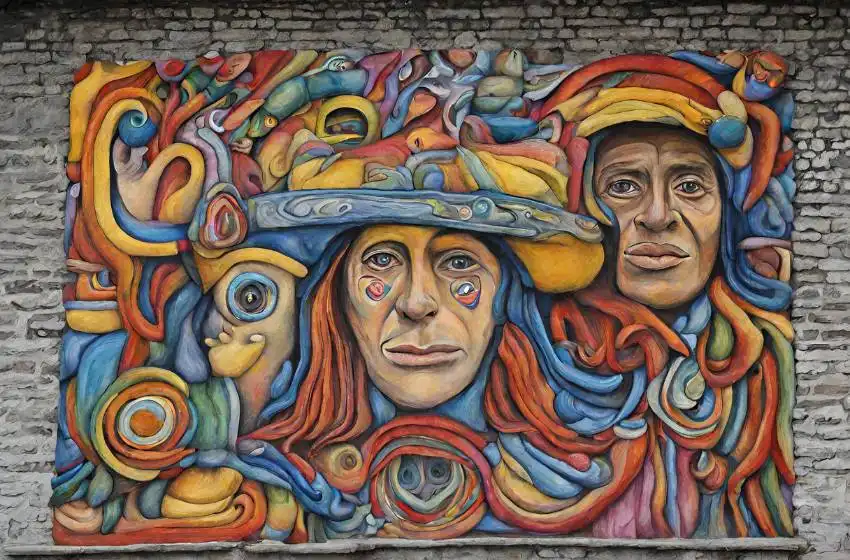
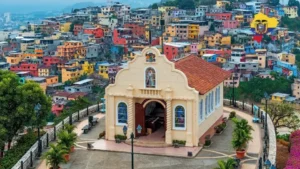
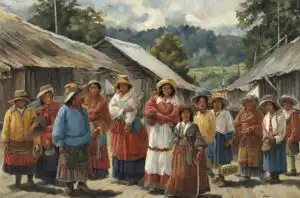
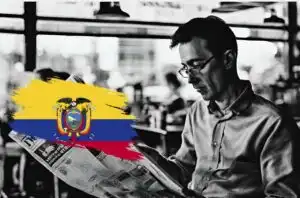
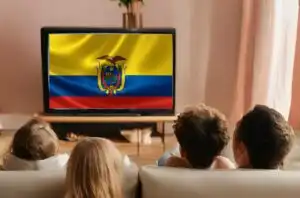
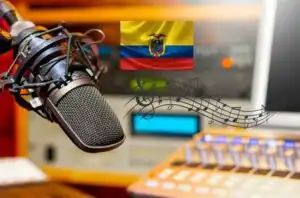
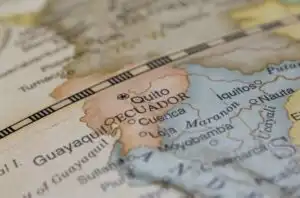
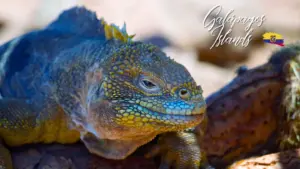
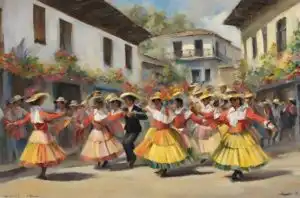
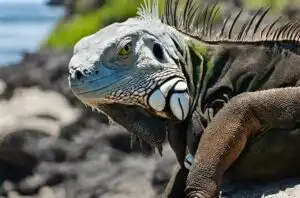
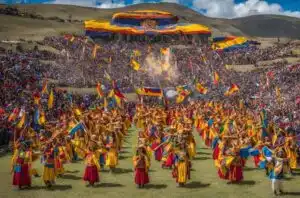
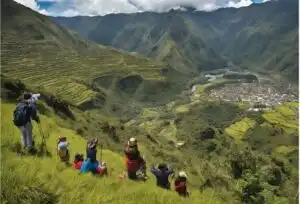
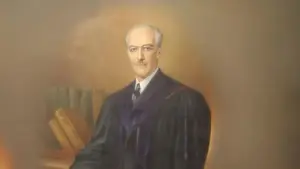
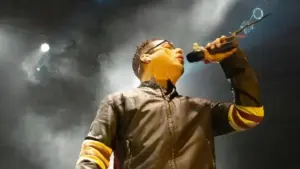
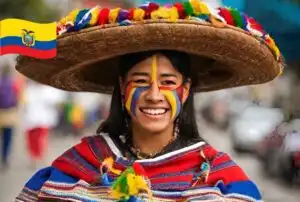

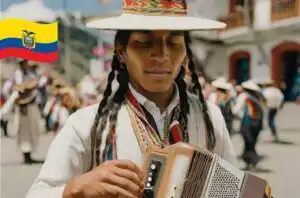

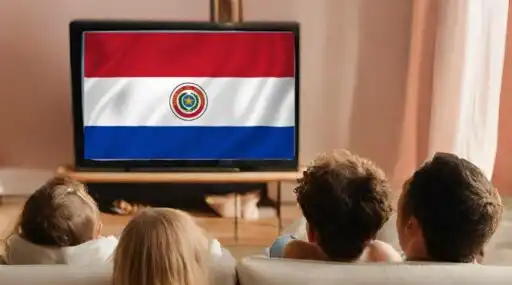
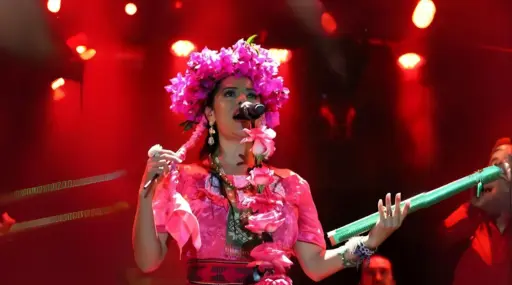
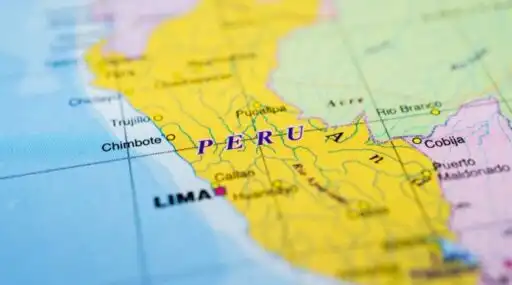

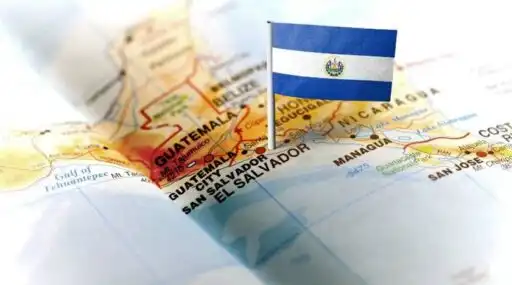
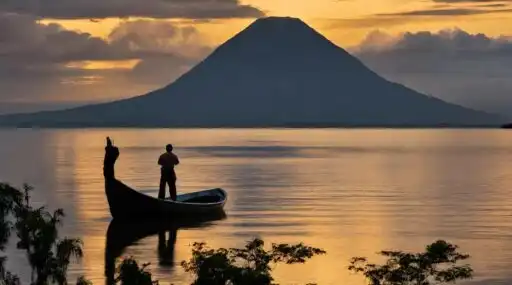
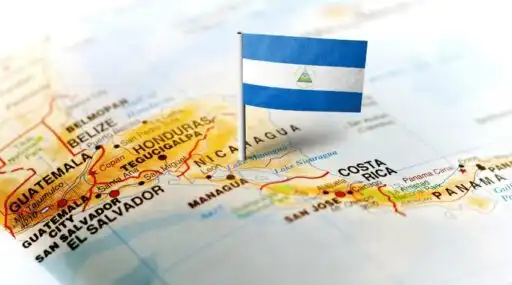
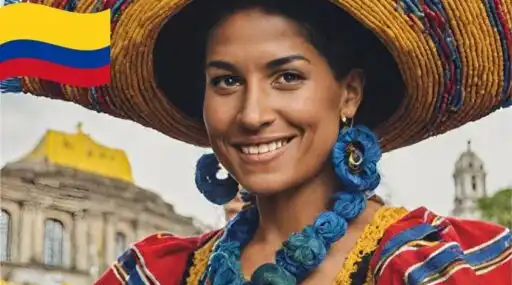
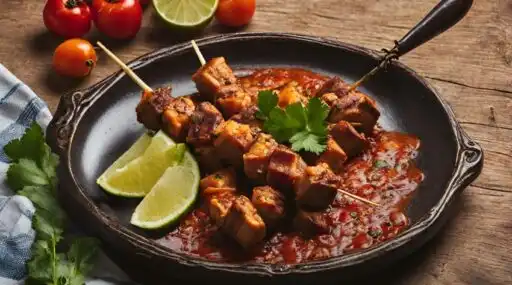
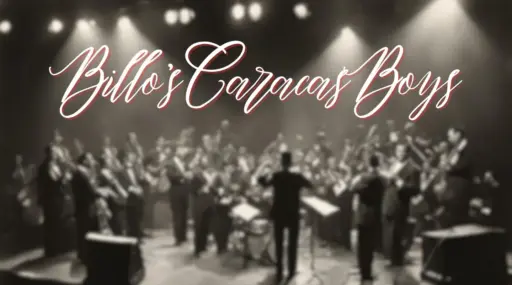
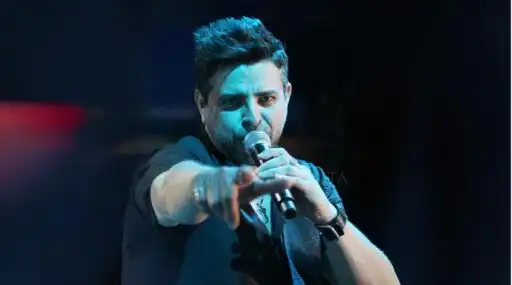

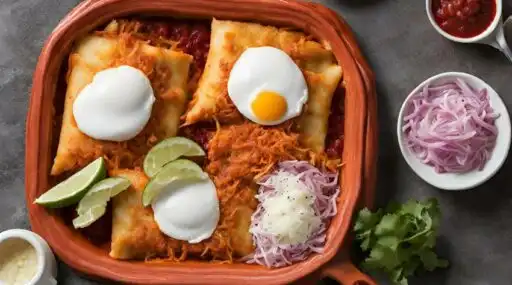
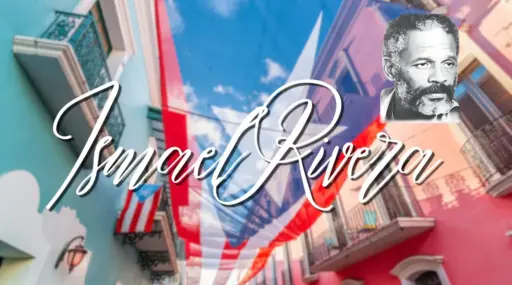
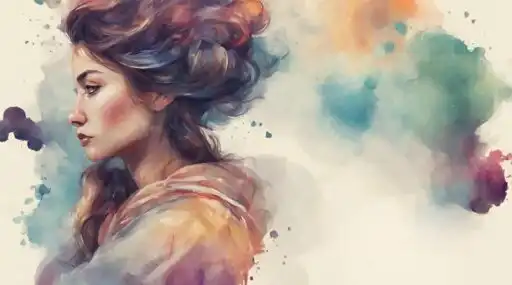
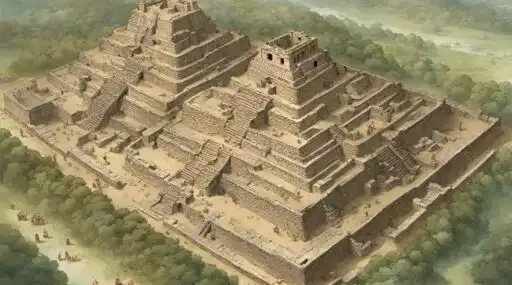


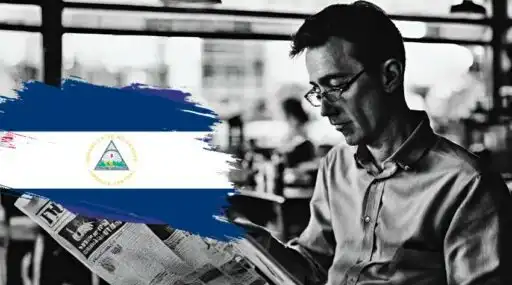


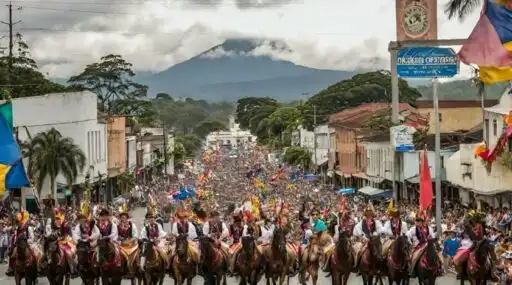
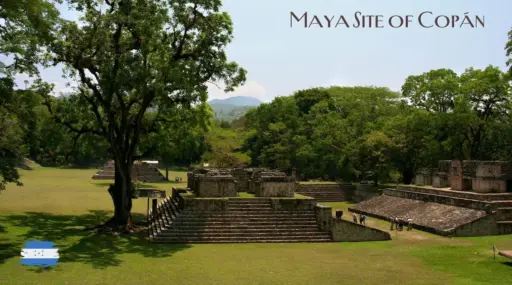
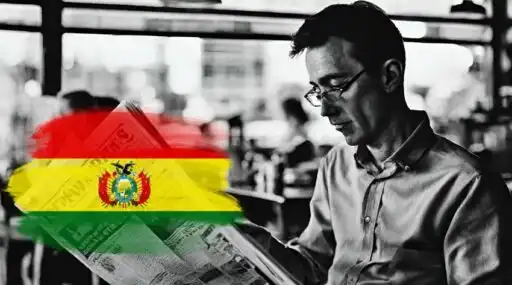
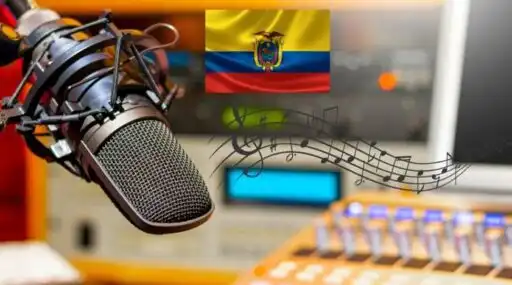
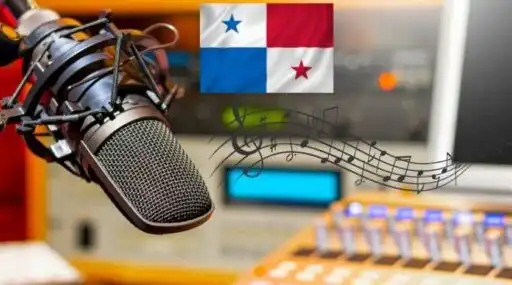
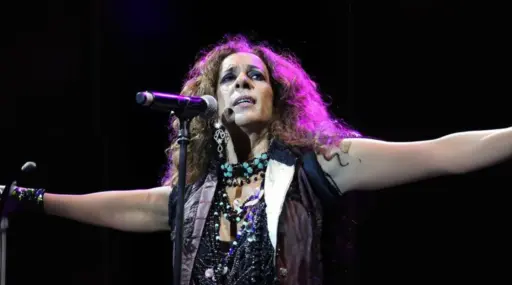
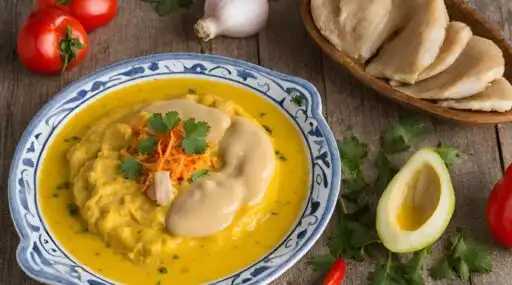
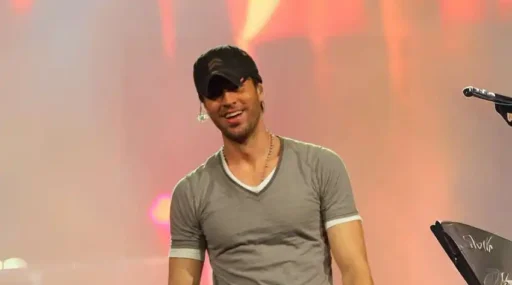
Leave a Reply